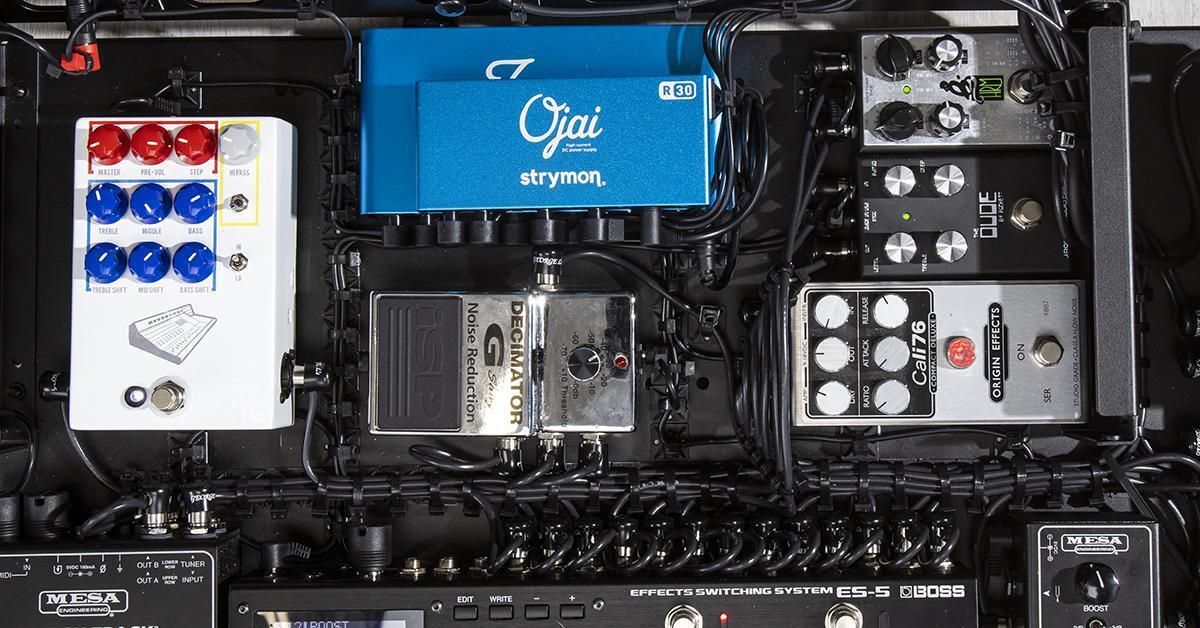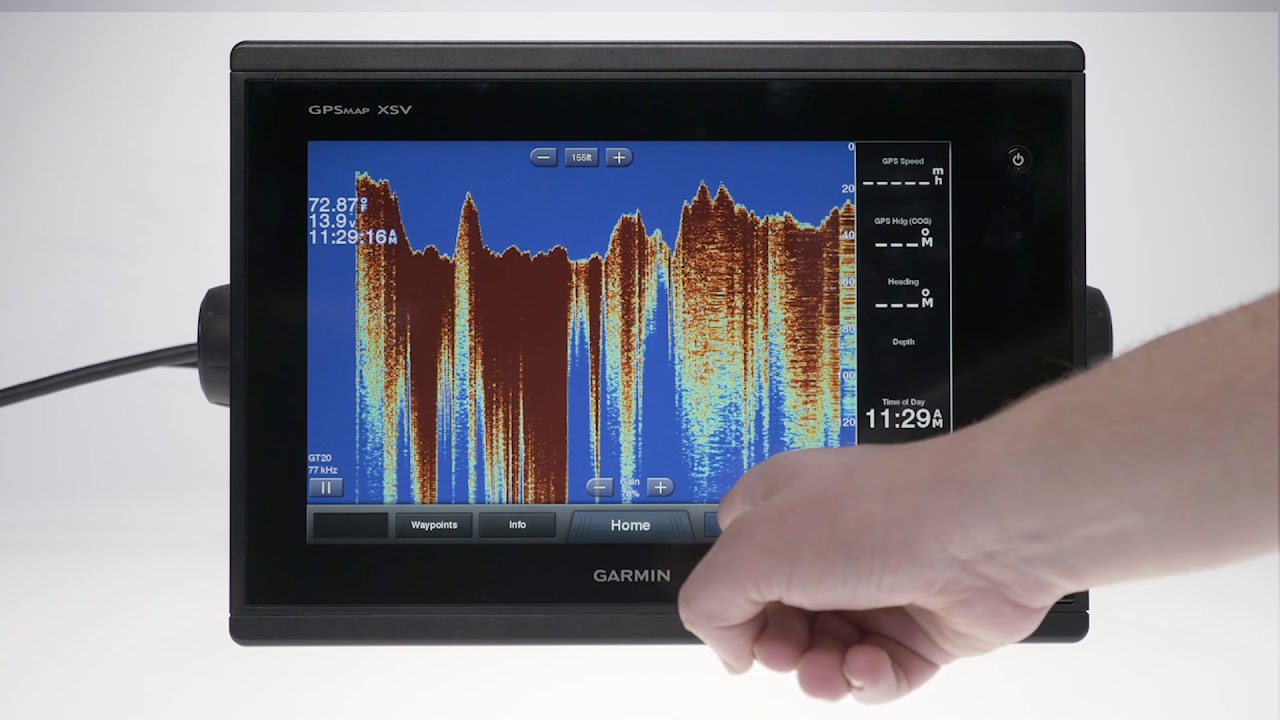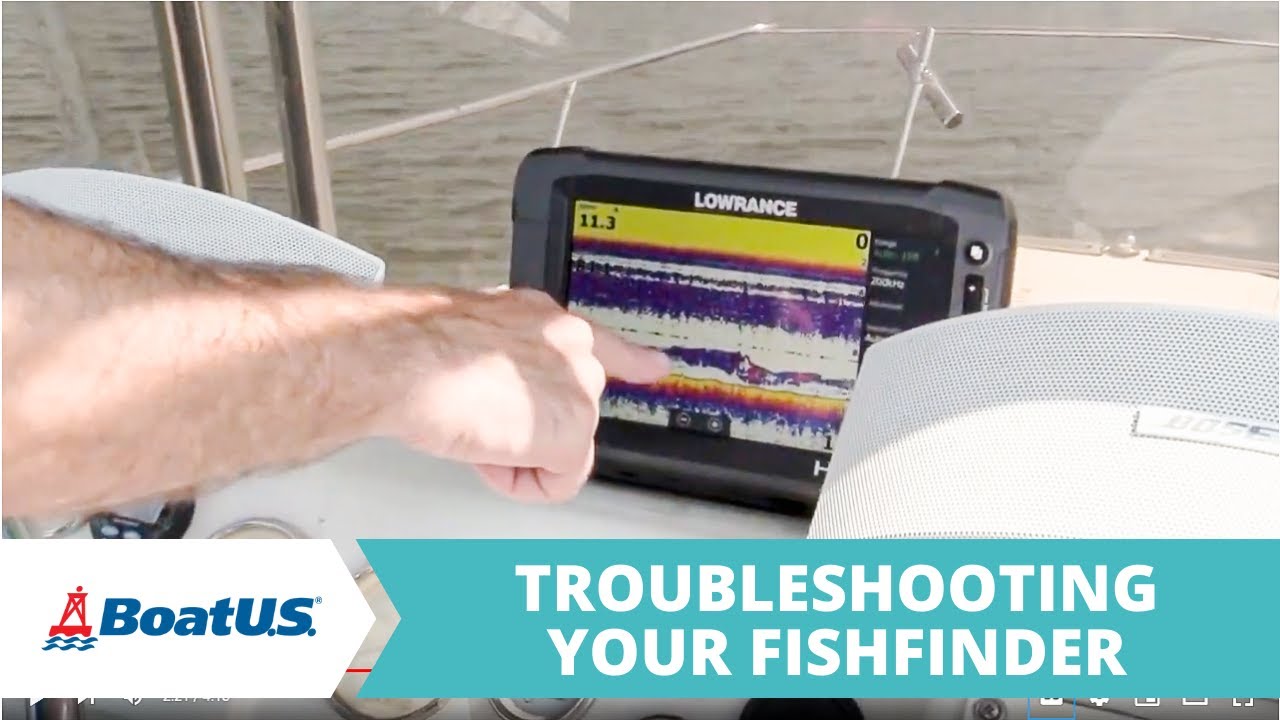Noise rejection on a fish finder is the ability to filter out unwanted interference and maximize the clarity of displayed sonar images. A fish finder is an essential tool for anglers, as it uses sonar technology to locate fish and underwater structures.
However, in situations where there is a lot of background noise or interference, the images displayed on the fish finder can become unclear and unreliable. This is where noise rejection plays a crucial role. By utilizing advanced algorithms and signal processing techniques, noise rejection filters out unwanted noise and enhances the visibility of fish and structures on the fish finder’s display.
This ensures accurate and reliable readings, allowing anglers to make informed decisions while out on the water.

Credit: www.sweetwater.com
Understanding Noise Rejection On Fish Finders
Noise rejection on a fish finder refers to the ability of the device to filter out unwanted interference. Noise, in the context of fish finders, can come from various sources such as electrical interference, surface clutter, or echoes from objects other than fish.
This noise can affect the performance of the fish finder by reducing its accuracy and making it difficult to distinguish between fish and other objects. To overcome this, fish finders employ effective signal filtering techniques that help reject or minimize the impact of noise.
By doing so, they ensure that the displayed information is more reliable and accurate, allowing anglers to make informed decisions. Effective noise rejection is crucial for obtaining accurate results and maximizing the efficiency of a fish finder.
The Science Behind Noise Rejection
Noise rejection is an essential feature on fish finders that helps eliminate unwanted signals. By understanding the science behind noise rejection, users can enhance their sonar readings. In fish finders, noise refers to any interference that can disrupt the accuracy of the sonar system.
There are various sources of noise, including electrical interference, water turbulence, and even marine life. Noise can have a detrimental effect on sonar readings, reducing the clarity and accuracy of the displayed information. Therefore, noise rejection is crucial in filtering out these unwanted signals, improving the reliability of the data.
With noise rejection technology, fish finders can provide users with a clearer representation of what lies beneath the water’s surface, making it easier to locate and track fish. Understanding noise rejection helps users maximize the performance of their fish finders and ultimately enhances their fishing experience.
Signal Filtering Techniques For Noise Rejection
Signal filtering techniques play a crucial role in noise rejection on a fish finder. Frequency filtering helps remove unwanted signals by focusing on specific frequency ranges. Gain control enables users to adjust the device’s sensitivity, effectively filtering out noise. Pulse compression is another technique that enhances the signal-to-noise ratio, resulting in clearer readings.
These methods work together to ensure that the fish finder accurately detects fish and underwater structures, while minimizing false readings caused by background noise. By employing these filtering techniques, anglers can rely on their fish finder for accurate and reliable information, leading to more successful fishing trips.
With improved noise rejection, fishermen can focus on the signals that matter, helping them locate and target their desired catch with confidence.
Advanced Noise Rejection Features In Fish Finders
Advanced Noise Rejection Features in Fish Finders include CHIRP technology, which improves target separation and image clarity. With dual frequency and multiple beam options, these fish finders offer enhanced performance. Real-time noise suppression algorithms further reduce interference and improve signal quality.
These features allow fishermen to detect and identify underwater objects and fish with precision and accuracy. Noise rejection plays a vital role in eliminating unwanted signals, ensuring accurate readings and enhancing the overall fishing experience. Fishermen can rely on the advanced technology in these fish finders to distinguish between desired fish and irrelevant noise, ultimately increasing their chances of a successful catch.
Enhancing noise rejection is an important aspect of fish finder development, allowing anglers to make the most of their time on the water and improve their fishing skills.
Best Practices For Optimizing Noise Rejection
Noise rejection is an important feature on a fish finder, and optimizing it requires following the best practices. Proper installation and positioning of the fish finder is crucial to reduce interference. Adjusting the settings for optimum noise rejection can significantly improve the accuracy of the fish finder readings.
Regular maintenance and updates are necessary to ensure the fish finder continues to perform at its best. By paying attention to these aspects, fishermen can minimize unwanted noise and interference, resulting in clearer and more accurate fish detection. So, make sure to install and position the fish finder correctly, adjust the settings appropriately, and keep up with regular maintenance to optimize noise rejection.
Benefits Of Mastering Noise Rejection Techniques
Mastering noise rejection techniques on a fish finder offers several benefits. Accurate detection of fish and underwater structures becomes possible. The improved target identification and tracking enable anglers to fine-tune their strategies and increase their chances of success. With noise rejection, the fishing experience is enhanced by reducing false readings and interference from other sources.
By eliminating background noise, the fish finder provides clear and precise information, helping fishermen make informed decisions. Noise rejection ensures that the signals received are reliable and trustworthy, translating into better catches and a more enjoyable time on the water.
With this technique, anglers can focus on the task at hand, confident in their ability to interpret the data provided by their fish finder.
Frequently Asked Questions Of What Is Noise Rejection On A Fish Finder
What Is Noise Rejection On A Fish Finder?
Noise rejection on a fish finder refers to the device’s ability to filter out unwanted signals or interference, such as electrical disturbances or false readings, to provide more accurate sonar readings. It helps anglers distinguish between actual fish targets and any unwanted noise that could affect the detection and interpretation of fish under the water.
How Does Noise Rejection Work?
Noise rejection on a fish finder works by using advanced signal processing algorithms to identify and eliminate any unwanted signals or interference. The device analyzes the received sonar signals and filters out noise based on specific parameters and settings. This ensures that anglers receive clearer and more reliable information about the underwater environment, making it easier to locate and catch fish.
Why Is Noise Rejection Important In A Fish Finder?
Noise rejection is crucial in a fish finder as it helps to improve the accuracy and reliability of the device’s sonar readings. By filtering out unwanted noise and interference, anglers can obtain more precise information about the presence and location of fish, increasing the chances of a successful fishing trip.
It reduces false readings and provides a clearer picture of what lies beneath the surface.
Conclusion
Noise rejection is a critical feature to consider when selecting a fish finder. It helps eliminate unwanted interference from external sources, allowing for a clearer and more accurate view of the underwater environment. By reducing the impact of noise signals such as boat motors or sonar interference, noise rejection ensures that you can focus on the fish rather than being distracted by false readings.
This feature is particularly important in areas with high levels of boat traffic or in rough water conditions, where noise can be more prevalent. When choosing a fish finder, it is essential to understand the degree of noise rejection it offers and whether it can be adjusted to suit your specific fishing needs.
Investing in a fish finder with effective noise rejection capabilities will enhance your fishing experience, giving you a more reliable and precise picture of what lies beneath the water’s surface. So, when you’re out on your next fishing adventure, remember the importance of noise rejection in finding and targeting the fish you seek.





